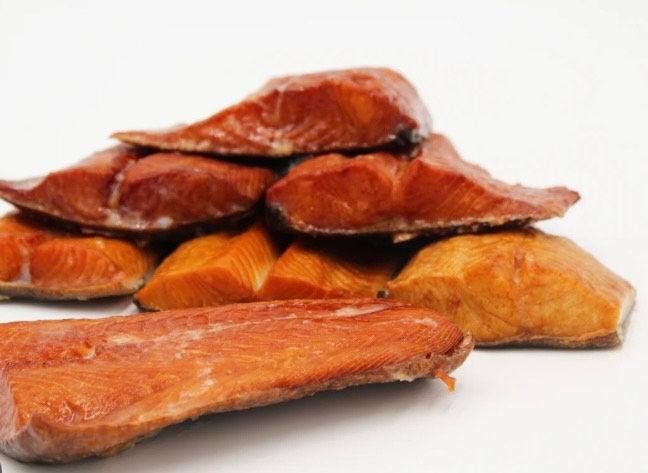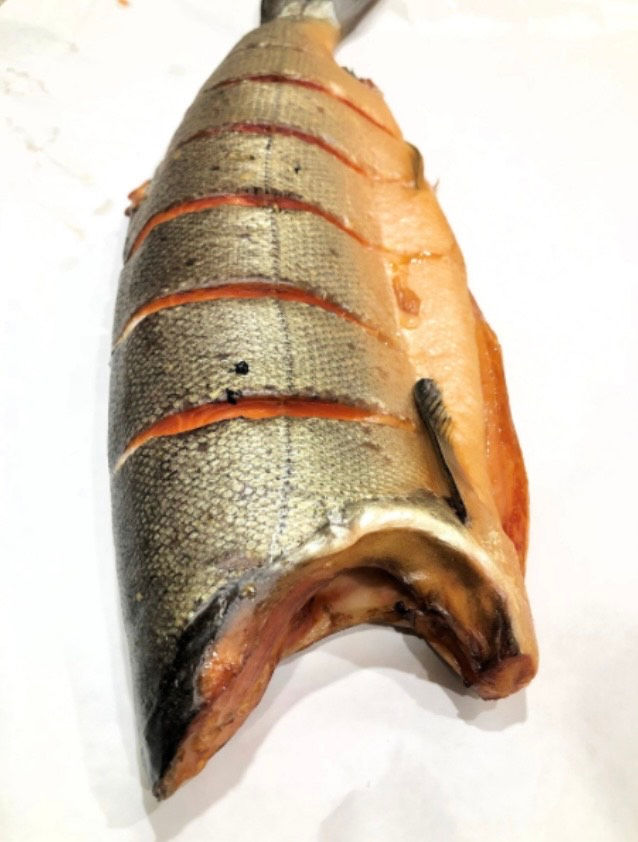This unique Ganoderma mushroom is cherished fir ts adaptogentic properties and long history of traditional uses. Sustainably wild-harvested from Northern Michigans prestine lands, our tincture offers a way to incorporate Artists Conk into your wellness routine.
-100% USA Sourced & Made
-USDA Organic Inputs
-Double Extraction
-Sustainably Wild-Harvested
Think Global BUY LOCAL
-BE THE CHANGE-
Artist's Conk Tincture
A peculiarity of this fungus lies in its use as a drawing medium for artists.[14] When the fresh white pore surface is rubbed or scratched with a sharp implement, dark brown tissue under the pores is revealed, resulting in visible lines and shading that become permanent once the fungus is dried. This practice is what gives G. applanatum its common name.[6][8]
G. applanatum is a medicinal farming crop that is used as a flavor enhancer in Asian cuisine. G. applanatum is non-digestible in its raw form,[2][3] but is considered edible when cooked.[citation needed] Hot herbal soups, or fermentation in lemon acid with onion is a common use for cooking with G. applanatum slices as an umami flavor enhancer in fermented foods. G. applanatum can also be used in tea.[citation needed]
G. applanatum has been used to produce amadou, although Fomes fomentarius is most commonly associated with its production.[15] Amadou is a leathery, easily flammable material that is produced from different polypores, but can also be consist of similar material.[16] Amadou generally has three areas of use: fire making, medicinal,[17] and clothing,[18][16] however, it is mostly associated with fire making.[19][20]
Medicinal use of G. applanatum has been extensive over thousands of years.[21] In Chinese medicine this fungus has been used to treat rheumatic tuberculosis and esophageal carcinoma. It has also been used more commonly to resolve indigestion, relieve pain and reduce phlegm.[22] Further studies have shown that its medicinal qualities also include anti-tumor, anti-oxidation and as a regulator for body immunity.[21]
G. applanatum is known in Japan as kofuki-saru-no-koshikake (コフキサルノコシカケ),[23][24] literally meaning "powder-covered monkey's bench", and in China as shu-she-ling-zhi (树舌灵芝), where it has long been used in traditional medicines.[25] Studies have shown G. applanatum contains compounds with potent anti-tumor,[26][27][28] antibacterial[29][30] anti-fibrotic[31] properties.
G. applanatum is generally studied from three angles: medicinal, phytopathological, and biotechnological.[32] Medicinal fungi such as G. applanatum are of special interest due to their antibiotic properties. Methanol extracts from G. applanatum have shown that the fatty acids present, such as palmitic acid, show antibacterial properties.[33] Compared to synthetic antibiotics these compounds extracted from G. applanatum lack problems of drug resistance and side effects.[33]
As a commonly used Chinese herbal medicine, Ganoderma applanatum (Pers.) Pat., also known as flat-ling Ganoderma (Chinese name bianlingzhi), old mother fungus (laomujun), and old ox liver (laoniugan), has high medicinal value. It is used as an anti-cancer drug in China and Japan. Besides, it can treat rheumatic tuberculosis and has the effect of relieving pain, clearing away heat, eliminating accumulation, stopping bleeding and eliminating phlegm. The purpose of this review is to analyze the research progress systematically and comprehensively in mycology, mycochemistry and pharmacological activities of G. applanatum, and discuss the prospect of prospective research and implementation of this medicinal material. A comprehensive literature search was performed on G. applanatum using scientific databases including Web of Science, PubMed, Google Scholar, CNKI, Elsevier. Collected data from different sources was comprehensively summarized for mycology, mycochemistry and pharmacology of G. applanatum. A total of 324 compounds were recorded, the main components of which were triterpenoids, meroterpenoids, steroids, and polysaccharides. G. applanatum and its active ingredients have a variety of pharmacological effects, including anti-tumor, liver protection, hypoglycemic, anti-fat, anti-oxidation, antibacterial and other activities. Although G. applanatum is widely used in traditional medicine and has diverse chemical constituents, more studies should be carried out in animals and humans to evaluate the cellular and molecular mechanisms involved in its biological activity.
https://pubmed.ncbi.nlm.nih.gov/38884263/#:~:text=It%20is%20used%20as%20an,stopping%20bleeding%20and%20eliminating%20phlegm.
Cheng M, Zhang L, Wang J, Sun X, Qi Y, Chen L, Han C. The Artist's Conk Medicinal Mushroom Ganoderma applanatum (Agaricomycetes): Mycological, Mycochemical, and Pharmacological Properties: A Review. Int J Med Mushrooms. 2024;26(7):13-66. doi: 10.1615/IntJMedMushrooms.2024053900. PMID: 38884263.
https://en.wikipedia.org/wiki/Ganoderma_applanatum
- Ginns, James (2017). Polypores of British Columbia (Fungi: Basidiomycota). Victoria, BC: Province of British Columbia - Forests, Lands, and NR Operations. p. 105. ISBN 978-0-7726-7053-3.
- ^ Jump up to:a b c d e Goldman, Gary B. (2019). Field Guide to Mushrooms & Other Fungi in South Africa. Marieka Gryzenhout. Cape Town, South Africa: Struik Nature. ISBN 978-1-77584-654-3. OCLC 1117322804.
- ^ Jump up to:a b Meuninck, Jim (2017). Foraging Mushrooms Oregon: Finding, Identifying, and Preparing Edible Wild Mushrooms. Falcon Guides. p. 46. ISBN 978-1-4930-2669-2.
- ^ Jump up to:a b c d Audubon (2023). Mushrooms of North America. Knopf. p. 272. ISBN 978-0-593-31998-7.
- ^ Atkinson, George Francis (1901). Studies of American fungi. Mushrooms, edible, poisonous, etc. Ithaca, NY: Andrus & Church. doi:10.5962/bhl.title.120494.
- ^ Jump up to:a b "White Mottled Rot" (PDF). Fs.usda.gov. Retrieved 2022-03-21.
- ^ Davis, R. Michael; Sommer, Robert; Menge, John A. (2012). Field Guide to Mushrooms of Western North America. Berkeley: University of California Press. p. 348. ISBN 978-0-520-95360-4. OCLC 797915861.
- ^ Jump up to:a b Biek, David (1984). The mushrooms of northern California. Redding, CA: Spore Prints. ISBN 0-9612020-0-9. OCLC 10870632.
- ^ COUSINS, Don; HUFFMAN, Michael A. (June 2002). "MEDICINAL PROPERTIES IN THE DIET OF GORILLAS" (PDF). African Study Monographs. 23 (2): 71. doi:10.14989/68214. S2CID 52244011.
- ^ Fossey, Dian (1983). Gorillas in the Mist. Mariner Books. p. 52. ISBN 9780395282175.
- ^ Brian Spooner; Peter Roberts (1 April 2005). Fungi. Collins. p. 126. ISBN 978-0-00-220152-0. Retrieved 31 January 2012.
- ^ Liles, M.P. (1956). "A study of the life history of the forked fungus beetle, Bolitotherus cornutus". Ohio J Sci. 56: 329–337. hdl:1811/4397/V56N06_329.pdf.
- ^ "The Evolutionary Biology of Colonizing Species - PDF Free Download". Epdf.pub. Retrieved 2019-11-18.
- ^ "Ganoderma applanatum: The Artist's Conk". The Fungal Kingdom. 2015-01-12. Archived from the original on 2015-01-12. Retrieved 2021-10-27.
- ^ Sundström, Lisa. "Fnöske - Naturhistoriska riksmuseet". Nrm.se (in Swedish). Retrieved 2021-11-08.
- ^ Jump up to:a b "fnöske | SAOB" (in Swedish). Retrieved 2021-11-08.
- ^ Molitoris, H. P. (1994-04-01). "Mushrooms in medicine". Folia Microbiologica. 39 (2): 91–98. doi:10.1007/BF02906801. ISSN 1874-9356. PMID 7959435. S2CID 19354468.
- ^ Sundström, Lisa. "Fnösktickan, Fomes fomentarius, och dess användningsområden". Nrm.se (in Swedish). Retrieved 2021-11-08.
- ^ "Göra eld med fnöske" (PDF). Bioresurs.uu.se. Archived (PDF) from the original on 21 December 2014.
- ^ Nationalencyklopedin 1991 (in Swedish). 1991. p. 450.
- ^ Jump up to:a b Elkhateeb, Waill A.; Zaghlol, Gihan M.; El-Garawani, Islam M.; Ahmed, Eman F.; Rateb, Mostafa E.; Abdel Moneim, Ahmed E. (2018-05-01). "Ganoderma applanatum secondary metabolites induced apoptosis through different pathways: In vivo and in vitro anticancer studies". Biomedicine & Pharmacotherapy. 101: 264–277. doi:10.1016/j.biopha.2018.02.058. ISSN 0753-3322. PMID 29494964. S2CID 4639322.
- ^ Moradali, Mohammad-Fata; Mostafavi, Hossien; Hejaroude, Ghorban-Ali; Tehrani, Abbas Sharifi; Abbasi, Mehrdad; Ghods, Shirin (2006). "Investigation of Potential Antibacterial Properties of Methanol Extracts from Fungus Ganoderma applanatum". Chemotherapy. 52 (5): 241–244. doi:10.1159/000094866. PMID 16899973. S2CID 24881421.
- ^ "kofuki- saru-no-koshikake (コフキサルノコシカケ)". Flora of Mikawa. Retrieved 3 March 2016.
- ^ Mizuno, Takashi (1995). "Sarunokoshikake: Polyporaecea fungi-kofukisarunokoshikake, ganoderma applanatum and tsugasarunokoshikake, fomitopsis pinicola". Food Reviews International. 11: 129–133. doi:10.1080/87559129509541023.
- ^ "About Asian Anti-Cancer Materia Database". Asiancancerherb.info. Archived from the original on 2018-01-02. Retrieved 2016-03-06.
- ^ MIZUNO, TAKASHI; et al. "Isolation and characterization of antitumor active β-d-glucans from the fruit bodies of Ganoderma applanatum". Elsevier Science Publishers B.V., Amsterdam - Printed in The Netherlands. Archived from the original on 8 March 2016. Retrieved 3 March 2016.
- ^ Taichi Usui; et al. (2014). "Antitumor Activity of Water-Soluble β-D-Glucan Elaborated by Ganoderma applanatum". Agricultural and Biological Chemistry. 45: 323–326. doi:10.1080/00021369.1981.10864512.
- ^ Chairul; Tokuyama, Takashi; Hayashi, Yoshinori; Nishizawa, Mugio; Tokuda, Harukuni; Chairul, Sofni M.; Hayashi, Yuji (26 March 1991). "Applanoxidic acids A, B, C and D, biologically active tetracyclic triterpenes from Ganoderma applanatum". Phytochemistry. 30 (12): 4105–4109. Bibcode:1991PChem..30.4105C. doi:10.1016/0031-9422(91)83476-2.
- ^ Smania, Jr; Monache, Franco Delie; Smania, Elza de Fatima Albino; Cuneo, Rodrigo S. (1999). "Antibacterial Activity of Steroidal Compounds Isolated from Ganoderma applanatum". International Journal of Medicinal Mushrooms. 1, 1999 Issue 4 (4): 325–330. doi:10.1615/IntJMedMushr.v1.i4.40.











